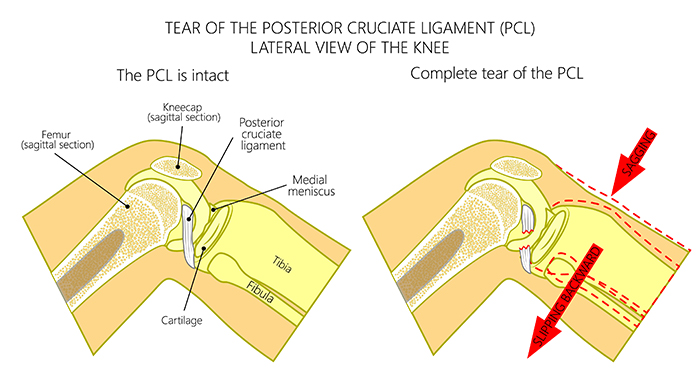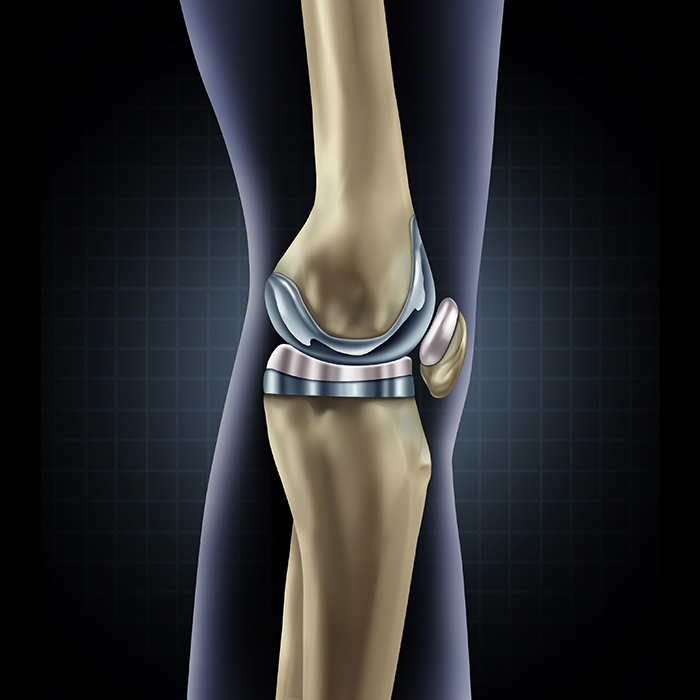Arthroscopic Anterior Cruciate Ligament Reconstruction
Anterior cruciate ligament (ACL) reconstruction using hamstring graft is a surgical procedure that replaces the injured ACL with a hamstring tendon. Anterior cruciate ligament is one of the four major ligaments of the knee that connects the femur (thigh bone) to the tibia (shin bone) and helps stabilize your knee joint. Anterior cruciate ligament prevents …
Arthroscopic Anterior Cruciate Ligament Reconstruction Read More »










